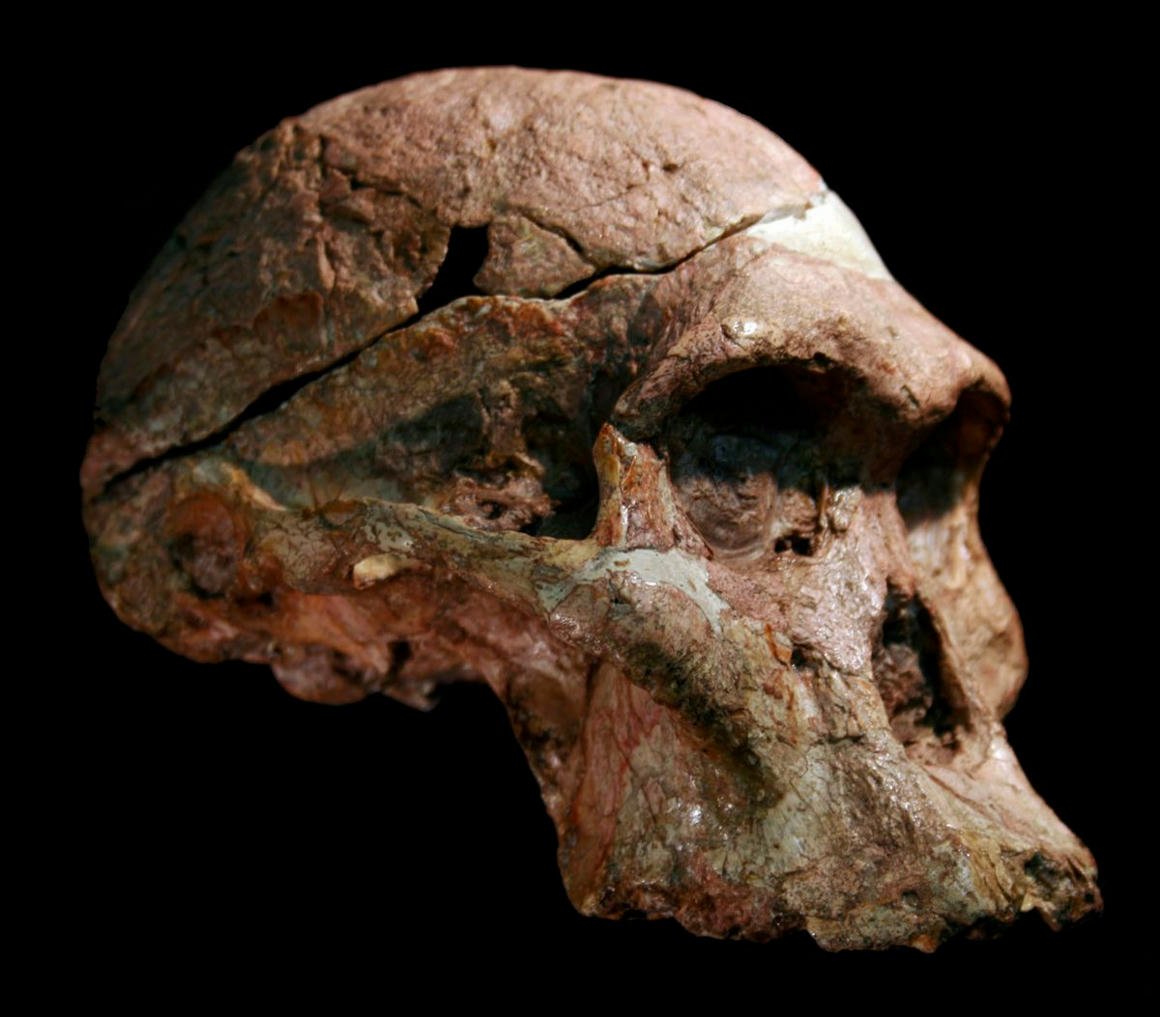According to the current scientific situation, Australopithecus Its members appeared in East Africa nearly four million years ago and disappeared from the face of the earth two million years ago. Species of the sexes are also important from an anthropological, archaeological, and evolutionary biological point of view: they constitute a transition between apes and humans based on their teeth, bones, and way of life that can be inferred from them.
Published in PNAS magazine on June 27 study According to the richness of the discoveries cradle of humanity New age determination studies in the Sterkfontein cave system in South Africa, also called Australopithecus, show that the Australopithecus species that lived there are 3.4-3.7 million years old rather than 2-2.5 million years old.
This means that these discoveries, including those found in 1947 and which became known as Mrs. Bliss
Australopithecus africanus remains –
They are much older, but at least the same age as their oldest. In those on the basis of which humanists have claimed that the ancestors of humans evolved in East Africa.
The scientific consensus so far has been that in 1974 he found her near Afar, Ethiopia, and became known as Lucy. Australopithecus afarensis Oldest discovery, with 3.2 million years old.
The authors of the new study now base their claims on the results of a new type of age determination method. That’s because most of the remains at Sterkfontein came from cavities that were later filled with sediment, and the researchers analyzed the composition of these rocks, looking in particular at the rare radioactive isotopes aluminum-26 and beryllium-10. The results showed that the sediments and remains, contrary to the previous hypothesis, are not from the end of the Australopithecus era but from the beginning.
The result is also important because there were four at Sterkfontein in 2008
Australopithecus sediba Lee Berger, who also discovered his remains, was published in Science in 2010 in the article He claimed that the species he found at the same time they lived like this Australopithecus afarensisAnd the Australopithecus africanus And that Australopithecus robustus. And this is in a. sediba, hominid species (that is, the human form) represents the transition from the ape-like ancestors of humans to actually modern humans, i.e. sane man Among the ancestors who also possess characteristics
Related articles on Qubit:






